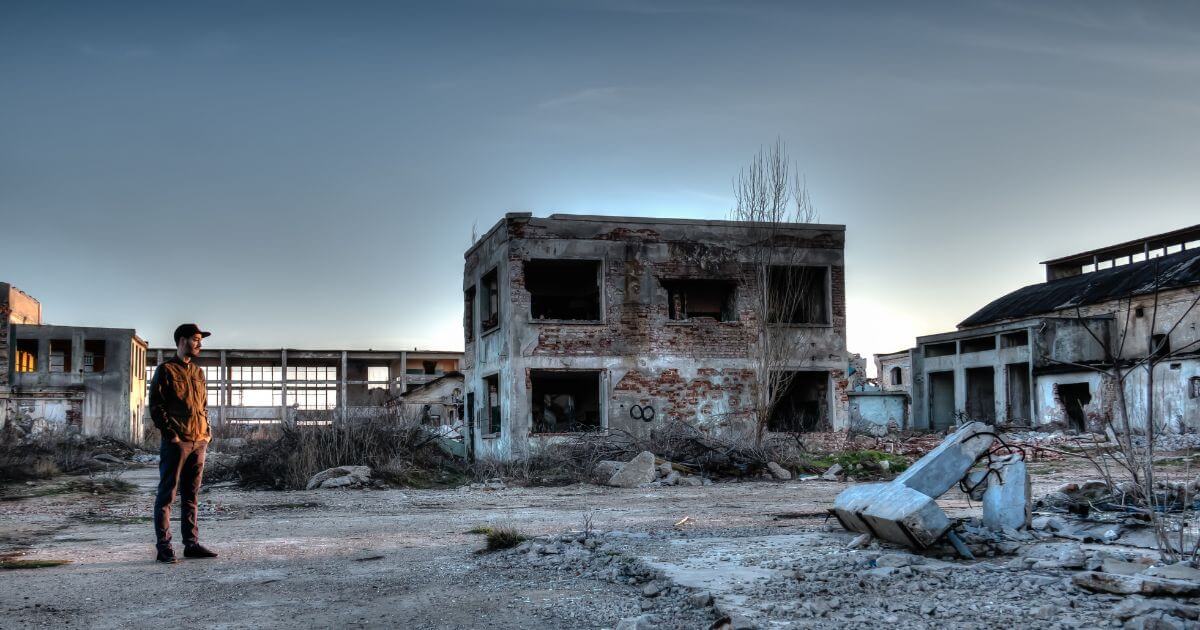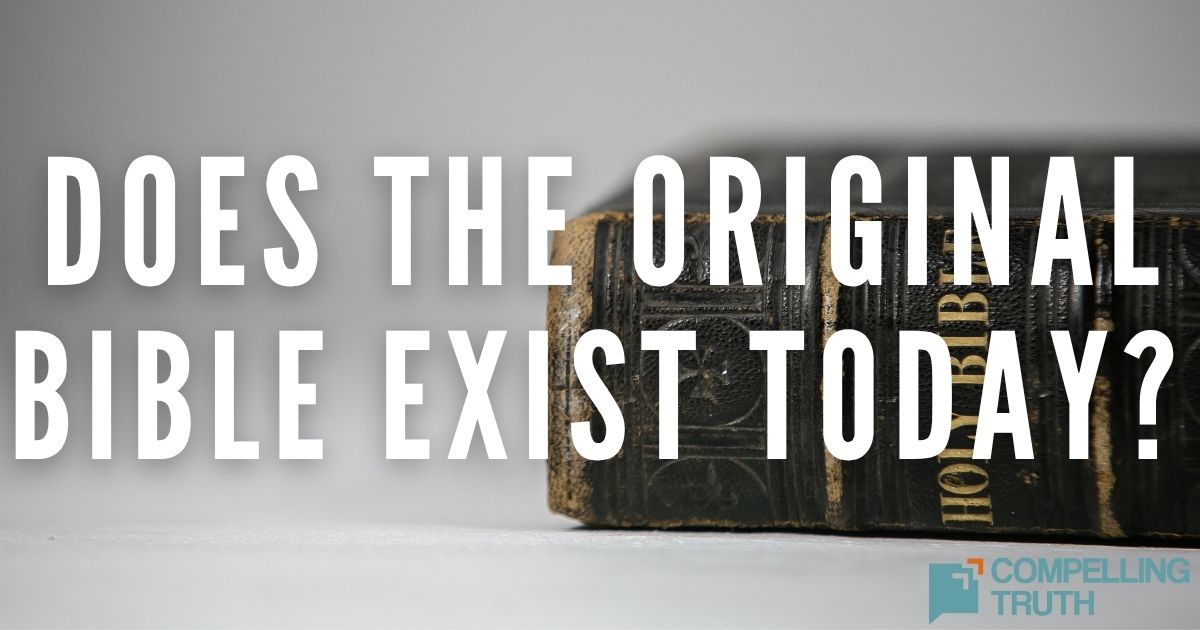what does the bible say?
The Apocalypse of Peter is a second-century pseudepigraphal text that offers a dramatic portrayal of divine judgment and the fate of the unrighteous. Written under the name of the apostle Peter, it vividly describes scenes of fire, cosmic destruction, and eternal punishment for false teachers and sinners—imagery that parallels but exaggerates biblical passages such as Isaiah 13:10, Joel 2:30-31, and Matthew 24. Although it reflects authentic scriptural themes of God’s justice, repentance, and readiness for Christ’s return, its elaborate and imaginative depictions go beyond the inspired writings of Scripture. While some early Christians valued the text and even included it in limited church readings, it was ultimately rejected from the biblical canon due to doubts about its authorship and doctrinal reliability. Today, the Apocalypse of Peter stands as a historical witness to early Christian thought about judgment and the end times. It reminds us of the seriousness of sin, the certainty of God’s justice, and the hope found only in those faithful to Christ.




